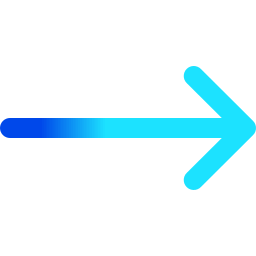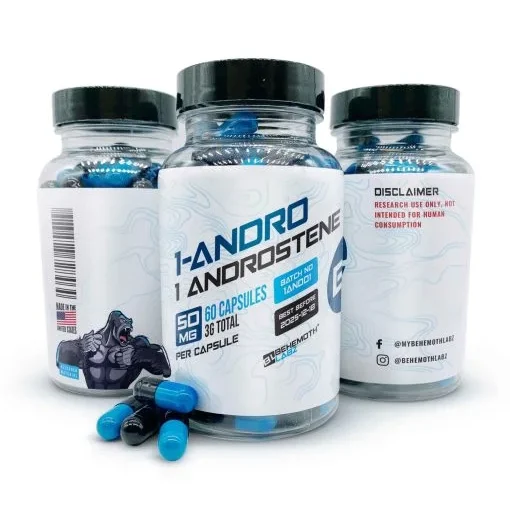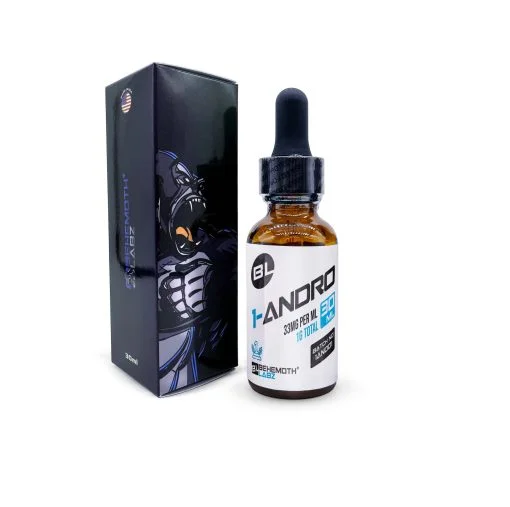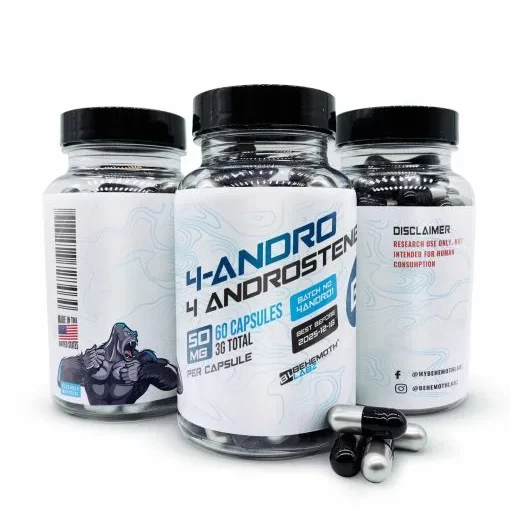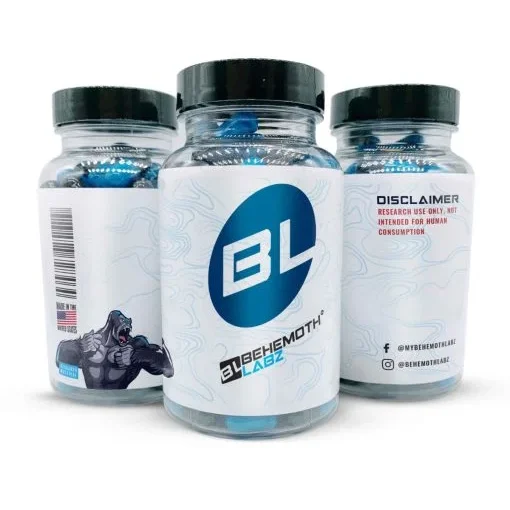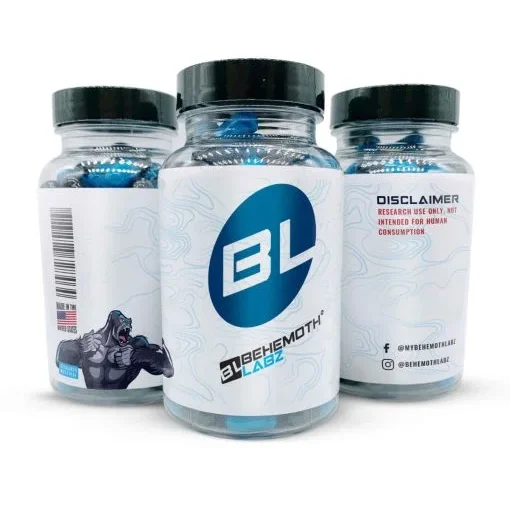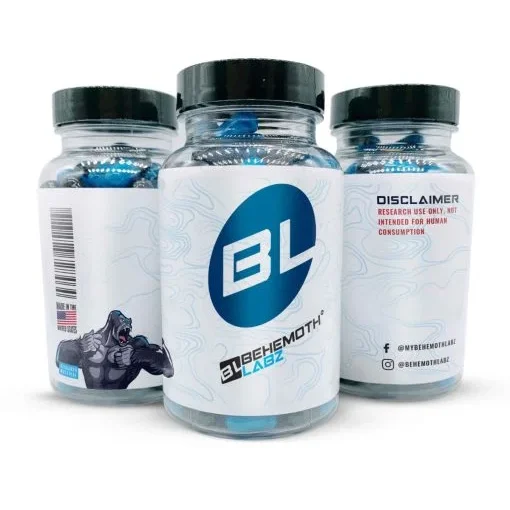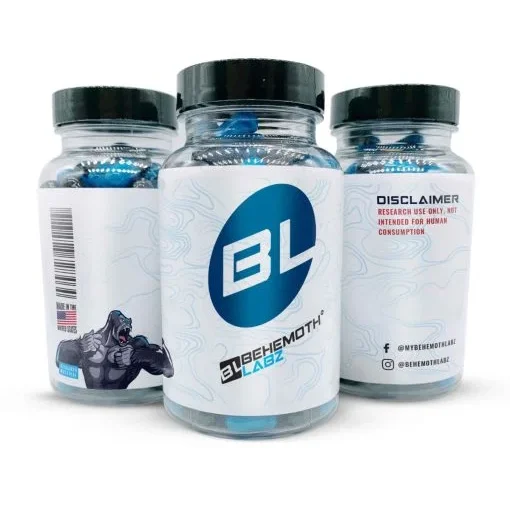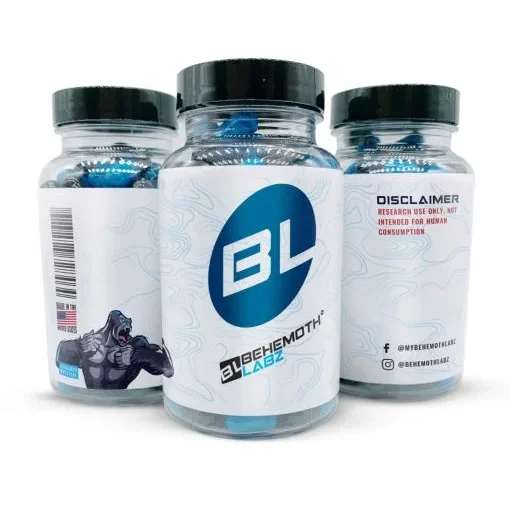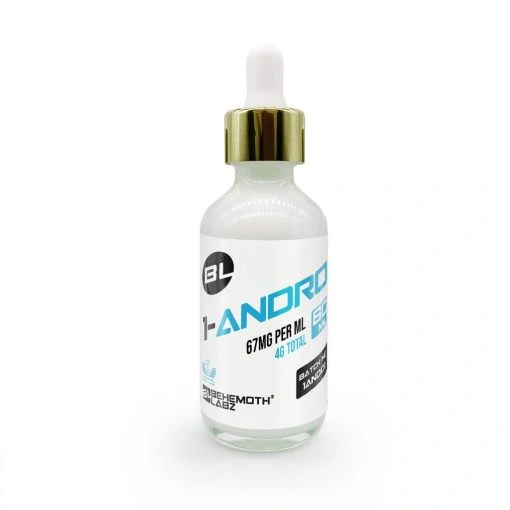What are Prohormone Compounds?
Prohormones are chemical compounds that are either synthesized in the laboratory or naturally exist in the body of the research subject. These hormones are present in inactivated form in the body of research models. However, they may be converted into activated hormones through enzymatic processes. After activation, prohormones may support anabolic tissue development comparable to synthetic anabolic steroids. Prohormones have more potential than SARMs and, therefore, may benefit skeletal muscle hypertrophy, neuromuscular performance, and bone density, as well as facilitate lipid metabolism modulation within experimental models.
Working Mechanism of Prohormone Compounds
When prohormones enter the body of subjects, they are in an inactivated form. Inside the subject body, the liver converts them into activated hormones through enzymatic reactions. Once they are activated, they may bind with androgen receptors in different parts of the research subject. These parts may include muscle and bone tissues, liver, and the central nervous system, among other body parts of the research model. As a result, they may promote lean tissue accretion, modulate adipose tissue catabolism, and accelerate post-exertional myogenic regeneration in a research context.
Note: To enhance the efficiency of research, also consider exploring our range of peptidomimetic agents, nutritional adjuncts, and selective androgen receptor modulators (SARMs). For additional research tools and resources, don't forget to check out our exclusive Merchandise for BehemothLabz-branded laboratory apparel and utility items.
Disclaimer: Our products are intended for laboratory and research use only. They are strictly prohibited for human consumption.
